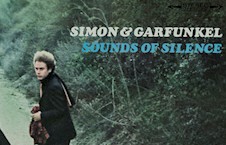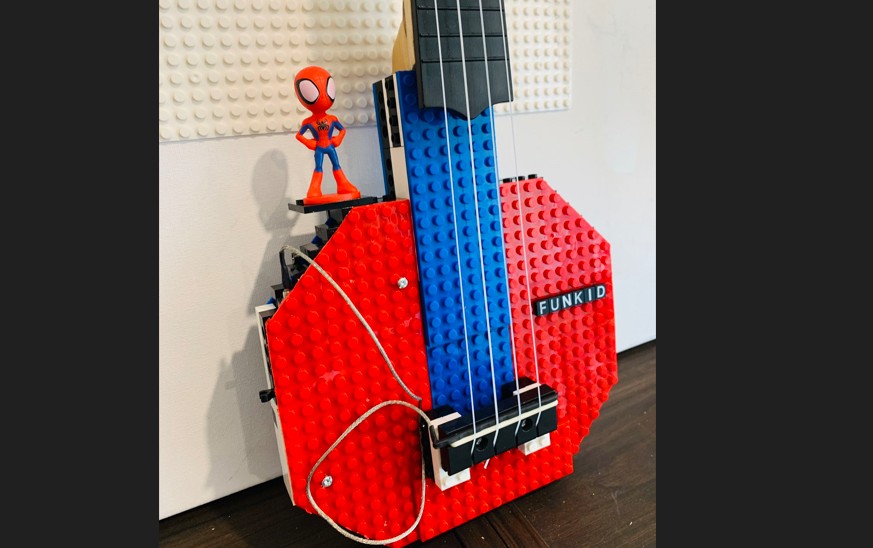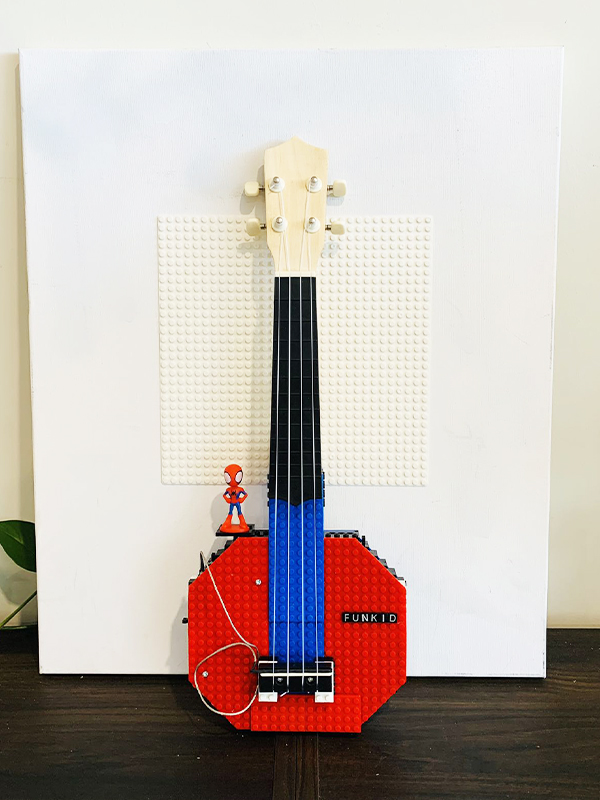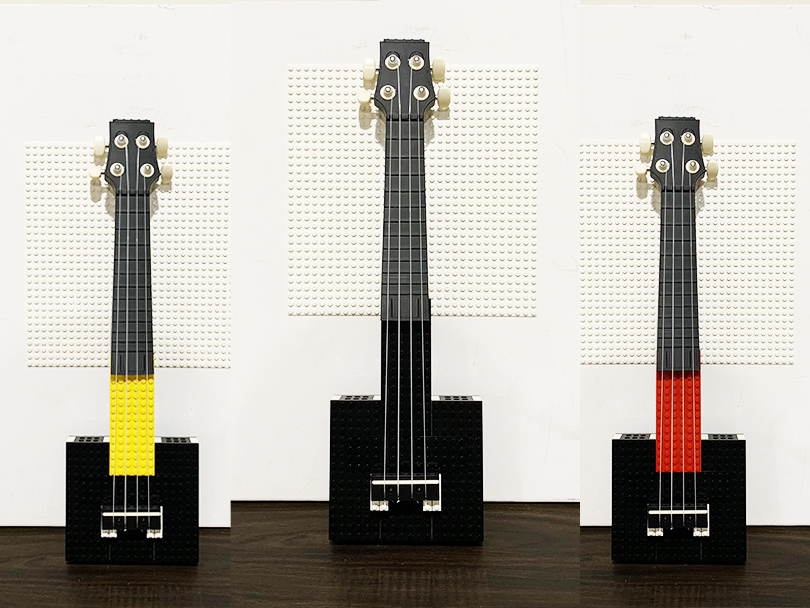
Author: funkidviolin
How to play Ode to JoyLego Ukulele, FREE Interactive Music Sheet
How to play Habanera Lego Ukulele, FREE Interactive Music Sheet
How to play Spanish Fandangoon Lego Ukulele, FREE Interactive Music Sheet
How to play Under The Sea on Lego Ukulele, FREE Interactive Music Sheet
How to play Fur Elise on Lego Ukulele, FREE Interactive Music Sheet
How to play Sound of silence on Lego Ukulele, FREE Interactive Music Sheet

How to play Perfect Ed Sheeran on Lego Ukulele, FREE Interactive Music Sheet

Why Your Next Musical Gift Should Be This Spider-Man Ukulele

Why Your Next Musical Gift Should Be This Spider-Man Ukulele
Are you looking for a unique and exciting gift for a music enthusiast or a young budding musician? Look no further! The Spider-Man-themed ukulele from Fun Kid Violin is the perfect blend of creativity, fun, and functionality. This 21-inch soprano ukulele, designed with vibrant Spider-Man graphics, is not just a toy—it’s a playable instrument that offers a fantastic introduction to music for kids and Marvel fans alike.

A Marvel-Inspired Musical Experience
This Spider-Man ukulele isn’t just about eye-catching design. Its LEGO-compatible surface adds an element of customization, allowing kids to personalize their instrument in ways limited only by their imagination. Combine this with the iconic Spider-Man aesthetic, and you have a gift that sparks creativity while promoting a love for music.
Quality Meets Playability
Unlike many toy instruments, this ukulele doesn’t compromise on quality. Built with a pro-active sound pickup, it provides clear and resonant tones that make it suitable for both beginners and intermediate players. Whether your child is strumming along to nursery rhymes or experimenting with their first chords, they’ll experience real music-making, not just a novelty.
Electric Potential
What sets this ukulele apart from standard options is its electric capability. With a built-in sound pickup, it can be connected to an amplifier for performances or even recording sessions. This feature elevates the Spider-Man ukulele from a simple starter instrument to a tool for serious musical exploration.
Perfect for Kids—And the Young at Heart
At 21 inches, this soprano ukulele is the ideal size for children’s hands, making it easy to hold and play. But don’t let its kid-friendly design fool you; it’s a fully functional instrument that anyone can enjoy. Whether you’re a seasoned musician or a Marvel fan looking for a fun way to dabble in music, this ukulele is a delightful choice.
An Educational Tool Disguised as Fun
Music is known to improve cognitive development, enhance coordination, and build confidence. By gifting this ukulele, you’re not just giving an instrument; you’re providing an opportunity for growth and creativity. The Spider-Man theme adds an extra layer of motivation, encouraging kids to practice and improve their skills.
A Gift That Stands Out
In a world of generic gifts, this Spider-Man ukulele is a standout choice. It’s perfect for birthdays, holidays, or any occasion that calls for something special. Its unique combination of style, playability, and educational value ensures it’ll be cherished by its recipient.
Where to Get It
You can find this incredible Spider-Man ukulele at Funkidviolin. With its innovative features and captivating design, it’s sure to be a hit with both kids and adults.
Don’t miss out on the chance to inspire a love for music with a gift that’s as fun as it is functional. This Spider-Man ukulele is more than an instrument—it’s an experience waiting to be shared.





